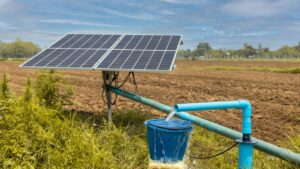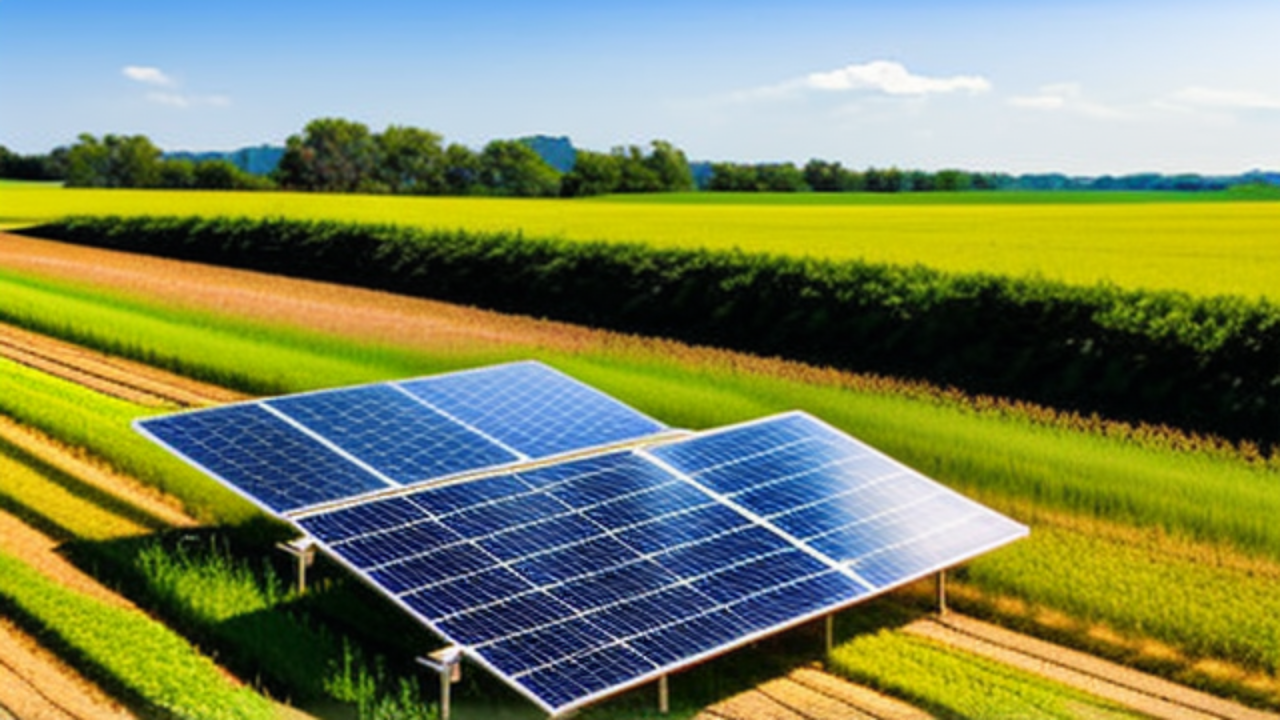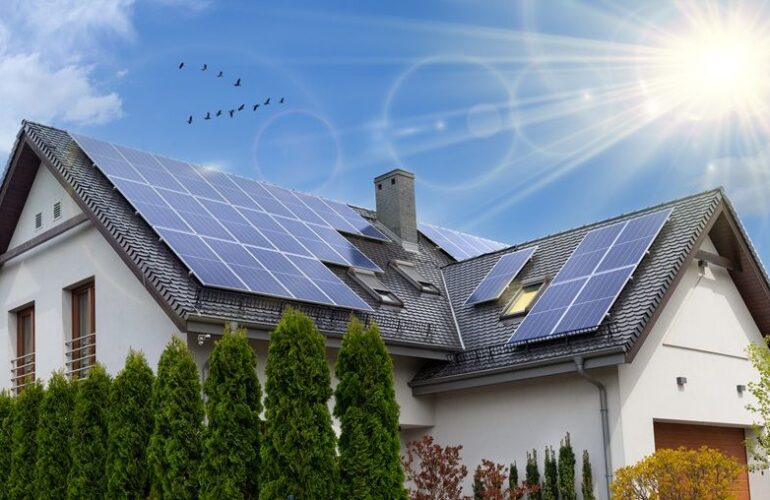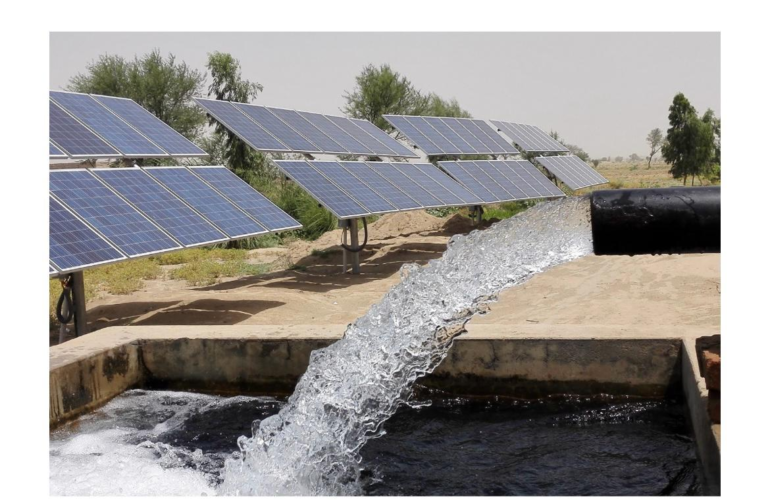Agricultural applications of solar energy
The cost of implementing and managing solar energy setup has decreased due to advancements in the industry, enabling more installations across different applications in the agricultural sector. Some of them include –
Water and Space Heating
Livestock and dairy operations have specific space and water heating requirements around the year at different seasons. Since, in most cases, cattle farming is done in closed structures, the temperature and air quality are vital for operations. Solar power is used to manage this around the year.
By employing a solar-powered heating system, farmers can easily save costs incurred on electricity bills. These systems use solar panels that effectively power the temperature control systems as required.
Crop and Grain Drying
Using sunlight to dry crops and grains is one of the oldest applications of solar energy used by farmers. While this is a completely free, viable method that can easily be employed, it has a risk of exposing the crops to the wind, rodents, impurities, etc. contaminating them.
With advancements in technology today, there are solar dryers that can help in harnessing maximum solar energy and concentrating it in a closed container where trays are used to dry the produce. These systems will also help in accelerating the process and reducing the time required.
Green House Heating
Greenhouse heating is essential for the proper growth of certain crops and plants. Commercial greenhouses use sunlight for lighting and not for heating. Mostly, they depend on oil and gases for maintaining the required temperatures.
A solar greenhouse has a solar panel to collect the energy and batteries to store the energy. It also has insulation that will help in retaining heat during cold days and nights.
Remote Supply of Electricity
Solar PV systems are employed in the farms to produce the required electricity that is stored in the batteries and used when required. This not only helps in reducing the power consumption from the electricity supply but also saves money for farmers in the long run.
Solar-powered cooling systems
In many cases, farmers face huge losses due to the lack of availability of proper refrigeration and cooling systems in their farms. Even if they have a refrigeration system, it becomes very difficult to power them all day with constant power cuts and outages. Solar-powered cooling systems will help in tackling this problem.

Benefits of using solar power in the agriculture sector
- Saves costs incurred in power and electricity in the long run
- Continuous supply of uninterrupted power in many cases
- Use of renewable energy sources
- Availability of power systems locally, even in remote locations
- Easy management of power usage.
Conclusion:
Farmers are dependent on electricity to power their pumps and other equipment. With the increasing demand and the expensive or deal involved in producing electricity using conventional methods, it would be very difficult for both the energy sector and small-time farmers to sustain themselves in the long run.
Solar power can be an optimal option to meet this demand and generate the power at the source to run multiple applications that are dependent on electric supply from the electricity board today.
With the right implementation, a solar energy setup can be very rewarding in the long run. Renewable energy and the agriculture sector can be a winning combination that can solve many problems that we face today. It can also be a new channel that can help in improving the quality of agricultural yields, cutting overhead costs and improving the efficiency of agricultural processes.
Read More-What is a 1kw solar system?
Read More-What is Solar Net Metering?






